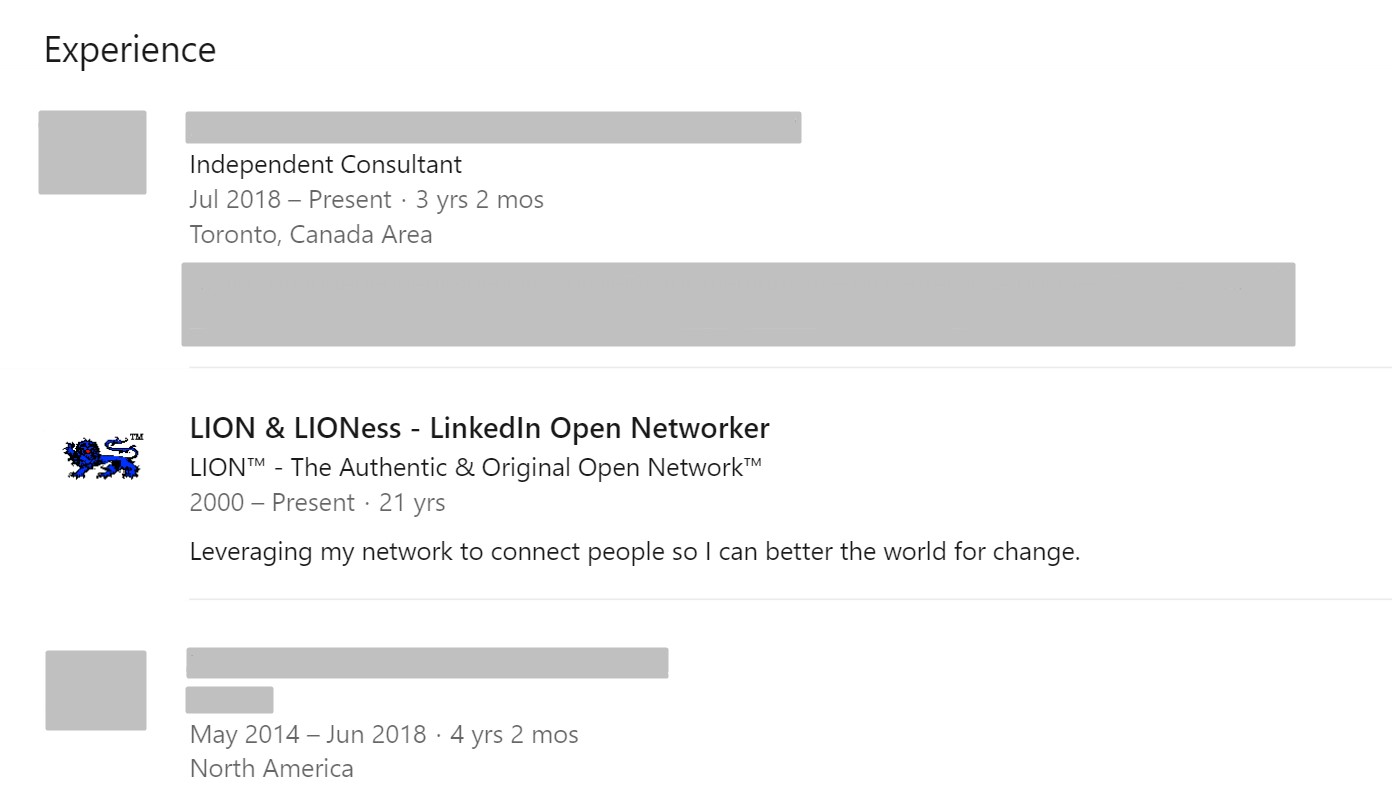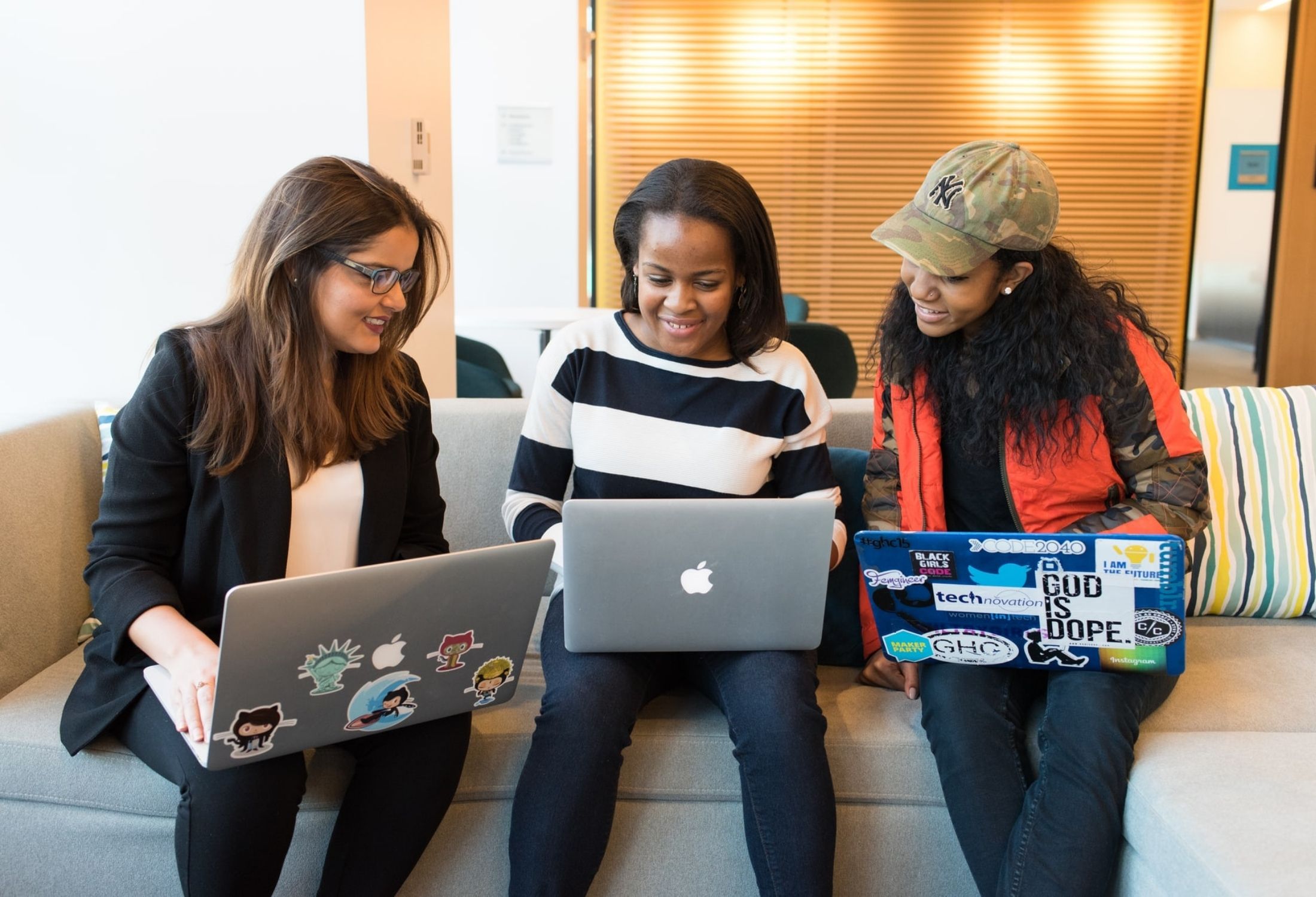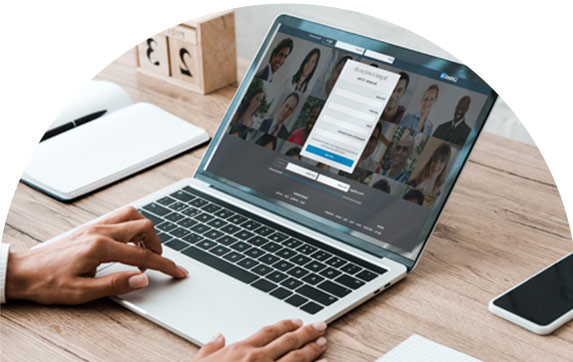If you’ve been scrolling through LinkedIn looking for ideal customers for your lead gen campaigns, you’ve probably come across a few profiles with LION written in the headline.
No, these aren’t a group of like-minded people who really love big cats – they’re actually LinkedIn Open Networkers and are using the LION status to grow their network significantly faster than regular users.
But does it actually work? And is it a legitimate strategy to grow a quality network on LinkedIn?
If you’ve never heard of LinkedIn Open Networking before, this post will show you exactly what it is, if it’s worth becoming a LION as a B2B business, and how it can be used to boost your lead gen efforts.
Want to skip right to finding your ideal clients on LinkedIn? Check out our guide on how to use account targeting on the platform to easily connect with your ideal clients fast.
What Does LION Stand for on LinkedIn?
LION is an acronym used by networkers on LinkedIn that stands for “LinkedIn Open Networker”.
Open networkers on LinkedIn are willing to connect with anyone, regardless of whether they’ve met them in real life or worked with them in the past.
Essentially, open networkers want to grow their network and so will accept connection requests from anyone.
Connected people advertise being a LION on their LinkedIn profile and by doing so, quickly see an increase in connection requests.
There are actually people known as “super connectors” on the LinkedIn network who are LIONs with tens of thousands of connections.
How Does it Work?
There is no specific setting you need to select on your LinkedIn profile to become a LION, since it’s not an official LinkedIn feature.
Instead, users simply add the term “LION” to their profile headline. By doing so, you’re showing people you will accept any connection request.

Although there isn’t any official rule that prevents you from denying connection requests after becoming a LION, there is an unwritten agreement that you won’t deny requests.
Having connection requests denied penalizes your LinkedIn profile and can get you flagged for spam, so connecting with LIONs is an easy way to avoid this from happening.
How to Become a LinkedIn LION
Connected people who are LIONs on LinkedIn are self-proclaimed. All you need to do is add the term “LION” or “LinkedIn Open Networker” to your profile heading to let people know you are one.
Once you’ve advertised yourself as a LION, you should accept every connection request you receive and never flag someone as SPAM or choose “I Don’t Know” when you get an invitation request.
If someone sends you a connection request and you seriously don’t want them in your network, just archive the request and eventually it will expire without any penalties.
You can search for the term “LION” or “LinkedIn Open User” as a keyword on LinkedIn and find a list of contacts who are LinkedIn LIONs & super connectors that you can quickly connect with to help grow your network.

You’ll also be able to find a LinkedIn group full of other LIONs to connect with – there are plenty to choose from.
Pros and Cons of being a LinkedIn Open Networker (LION)
Growing your network quickly and avoiding penalties for having connection requests denied sounds great, right? Well, there are some important pros and cons to consider before you join the gang.
Pros of Becoming a LinkedIn Open Networker
The main advantage of becoming an open networker is the ability to grow your network much more quickly, thus giving you more opportunities to increase lead gen.
As soon as you advertise yourself as a LION, you’ll see an increase in connection requests. This means your page gets more visibility and your reach will extend.
With a larger network, more people will see your updates and posts, which means your engagement will also see an increase.
When you’re growing a brand, this quick increase in brand visibility and recognition is great for your marketing efforts.
Having a larger network immediately boosts your lead generation efforts because you have significantly more people in your network to reach out to.
Cons of Becoming a LinkedIn Open Networker
The downside of becoming an Open Networker is losing control over the quality of your network.
You might get 100 new connection requests, but how many of those invitations are your potential clients? How many are likely to boost your business in the long run.
It’s easy to get sucked into the game of vanity metrics, but just because you have a large network doesn’t mean you have a quality audience to market to.
It also means you’re opening yourself up to spam. Because people can narrow down their search to target LION accounts, you may find a lot more spam or low-quality accounts giving your invitations.
Because of this, you should still vet each account before accepting or sending a connection invitation – even as a LION. This helps to eliminate some of that spam and keeps your network as high quality as possible while still being open.
Should B2B Business Become a LION?

The answer to this depends on your goals. If you’re looking to become an influential business on LinkedIn and want strategies to expand your reach quickly, becoming a LION will definitely help and you will see pretty fast results.
However, if you’re looking to curate a smaller, targeted audience of potential customers, open networking will quickly muddy the waters and give you less control over your network.
When it comes to lead generation, you want to target ideal customers who are the perfect fit for your product or service.
You’ll have far more first degree connections as an open networker, but will they be your ideal clients? That’s the million-dollar question.
Even if you decide against becoming a LinkedIn LION yourself, when doing research to find new connections on the platform, keep an eye out for LION-stamped profiles. These are much more likely to accept your connection request.
What LinkedIn Has to Say About LION
LinkedIn originally wasn’t a fan of LIONs, which is why they limit the number of invitations you can send out (read this guide on how to bypass that limit).
This is an attempt to keep the community a professional one where connections are only people you know and/or work with.
However, over the years, LinkedIn has realized that the platform is a way to connect with new people who you may have never come into contact with before.
As such, it’s a powerful platform for securing new business and growing your network just like you would with in-person events.
Now, LION groups exist on LinkedIn and the platform allows it. They now have a neutral stance on the matter, and have no issue with accounts using “LION” to advertise their open network status.
Of course, there are still limitations on the number of connections you can have and the number of invitations you can send out in order to keep spammers at bay.
What to Do with Your Expanded Network
Growing your network on LinkedIn is great. You’ll boost your brand visibility, connect with potential customers, and build a foundation for becoming an influencer in your niche.
But building a large network on LinkedIn is just the first step of the journey. You need to have a plan for how to connect with those new users and engage with them in a way that converts them into paying customers.
The best way to do this is with a dedicated automation tool like Zopto. Zopto helps you create personalized outreach messages you can send to LinkedIn connections to help you boost your lead gen and get more warm leads on a regular basis.
If you’re focusing on building your LinkedIn network but connecting with people is taking too much of your time, use Zopto to automate (and personalize!) your outreach process, while you focus on the more important stuff.

